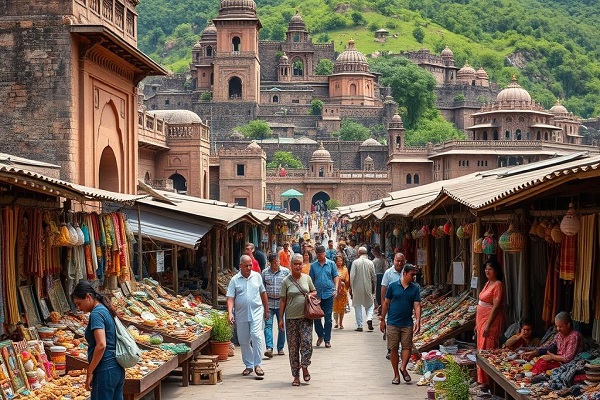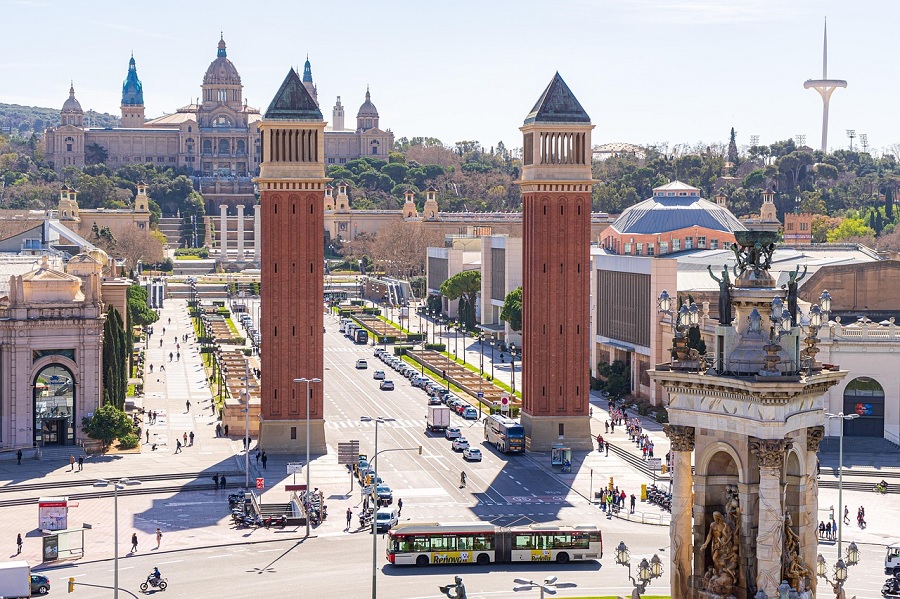Artisan Villages: Where Culture Lives Through Craft

When we think of cultural tourism, our minds often turn to historic monuments, festivals, or world heritage sites. Yet, one of the most authentic and enriching ways to experience a destination’s culture is by visiting artisan villages. These villages are living museums where traditional skills, artistry, and craftsmanship are passed down through generations, offering travelers an immersive journey into the heart of local culture.
What Makes Artisan Villages Unique?
Unlike modern tourist attractions, artisan villages preserve age-old traditions that reflect the identity of their communities. From weaving and pottery to wood carving and jewelry-making, every piece created in these villages tells a story. Visiting such villages allows travelers to witness the artistry firsthand, interact with craftspeople, and even try their hand at creating something unique.
A Window Into Heritage
Artisan villages are not just about craft—they are about heritage and lifestyle. The techniques used often date back centuries and carry spiritual, social, and cultural significance. Whether it’s the delicate filigree work of silver in Rajasthan, India; the intricate pottery in Oaxaca, Mexico; or the vibrant batik textiles in Indonesia, artisan crafts are a language of culture that needs no translation.
Traveler’s Experience in Artisan Villages
Hands-on Workshops – Many artisan villages offer interactive sessions where visitors can learn weaving, pottery, painting, or embroidery.
Local Stories & Narratives – Artisans often share stories of how their families have kept these crafts alive, adding a deeply personal dimension to the experience.
Shopping With Meaning – Unlike mass-produced souvenirs, purchasing directly from artisans supports sustainable livelihoods and helps preserve cultural heritage.
Community Immersion – Staying in homestays within artisan villages allows travelers to understand daily life, traditions, and rituals beyond the craft.
Why Artisan Villages Matter in Cultural Tourism
Preservation of Heritage – Tourism helps in keeping ancient crafts alive for future generations.
Sustainable Livelihoods – Artisans benefit economically from tourism, ensuring continuity of their work.
Cultural Exchange – Visitors learn from artisans while sharing their own cultural perspectives.
Slow Travel Movement – Artisan villages promote mindful and meaningful travel, away from crowded cities.
Examples of Famous Artisan Villages Around the World
Jaipur, India – Known for block printing, blue pottery, and jewelry-making.
Oaxaca, Mexico – Famous for pottery, textiles, and alebrijes (wooden carvings).
Ubud, Bali – Renowned for painting, wood carving, and silver jewelry.
Fez, Morocco – Celebrated for its leatherwork, tiles, and traditional crafts.
Cusco, Peru – Known for weaving and textile traditions from the Andes.
The Cultural Journey Beyond Souvenirs
Visiting artisan villages is more than buying a craft—it is about respecting and experiencing the roots of culture. Every handcrafted object carries with it the soul of a place, its people, and their history. For travelers who want to immerse themselves in authentic traditions, artisan villages are not just destinations—they are cultural bridges connecting past and present.



.jpg)



















